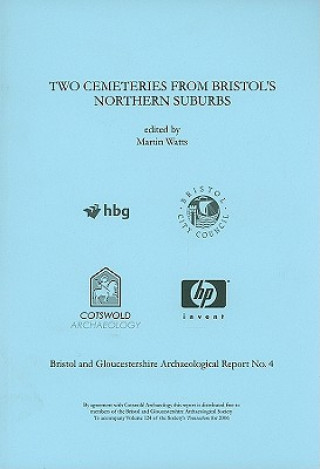
Kód: 04764901
Two Cemeteries from Bristol's Northern Suburbs
Autor Martin Watts
Two reports are published in this volume: excavations in 2004 at Henbury School, Bristol (by Derek Evans, Neil Holbrook and E.R. McSloy) and excavations in 2005 at Hewlett Packard, Filton, South Gloucestershire (by Kate Cullen, Ne ... celý popis
- Jazyk:
 Angličtina
Angličtina - Vazba: Brožovaná
- Počet stran: 96
Nakladatelství: Cotswold Archaeological Trust Ltd, 2006
- Více informací o knize

298 Kč
Dostupnost:
50 % šance Máme informaci, že by titul mohl být dostupný. Na základě vaší objednávky se ho pokusíme do 6 týdnů zajistit.
Máme informaci, že by titul mohl být dostupný. Na základě vaší objednávky se ho pokusíme do 6 týdnů zajistit.Prohledáme celý svět
Mohlo by se vám také líbit
Darujte tuto knihu ještě dnes
- Objednejte knihu a zvolte Zaslat jako dárek.
- Obratem obdržíte darovací poukaz na knihu, který můžete ihned předat obdarovanému.
- Knihu zašleme na adresu obdarovaného, o nic se nestaráte.
Informovat o naskladnění knihy
Zadejte do formuláře e-mailovou adresu a jakmile knihu naskladníme, zašleme vám o tom zprávu. Pohlídáme vše za vás.
Více informací o knize Two Cemeteries from Bristol's Northern Suburbs
Nákupem získáte 30 bodů
 Anotace knihy
Anotace knihy
Two reports are published in this volume: excavations in 2004 at Henbury School, Bristol (by Derek Evans, Neil Holbrook and E.R. McSloy) and excavations in 2005 at Hewlett Packard, Filton, South Gloucestershire (by Kate Cullen, Neil Holbrook, Martin Watts, Anwen Caffell and Malin Holst). Excavations in 2004 at Henbury School, Bristol, revealed the truncated remains of 21 inhumation burials, making a total of 28 burials recorded at the site since 1982. Of these, 24 burials formed a dispersed cemetery of crouched inhumations, the vast majority of which were aligned north/south and lay on their left sides, with equal numbers of males and females (where sex could be determined) and only one child. Poor bone survival rendered radiocarbon dating invalid, and the cemetery is dated by only one grave good: a finger ring from the mid to late Iron Age.However, the cemetery clearly pre-dated a later rectangular enclosure of very late Iron Age (early 1st-century AD) date. Crouched inhumations from the later Iron Age are known from the region but usually from pits or scattered, so the presence of this cemetery at Henbury is significant. Inhumation cemeteries of this date are rare in Western Britain, although they may have been quite widespread. Despite the dearth of surviving features within the subsequent enclosure, the scale of the ditches suggests it was a farmstead, and environmental evidence hints at both livestock rearing and cereal cultivation. Subsequent Roman activity was clearly intensive, and included a further four burials; although difficult to interpret, it adds to a substantial amount of evidence for Roman activity to the north-west of Bristol.Excavations in 2005 at Hewlett Packard, Filton, revealed the truncated remains of 51 inhumation burials within an isolated post-Roman cemetery. All of the burials were extended and east-west aligned, and were arranged in rows and groups. The tradition of east/west-aligned graves is a common late Roman and post-Roman practice, and these were not necessarily Christian. The largest group comprised 24 burials clustered around a central grave that contained an unusual skeleton and evidence for a distinctive burial rite. Overall there were slightly more females than males (where sex could be determined) and ten children. Adult stature could only be calculated in a few cases; males were generally taller that the early medieval average, females shorter. No grave goods were recovered, but four radiocarbon dates obtained from human bone suggest a period of use sometime between the 5th and 7th centuries AD. There was no evidence for contemporary settlement within the immediate vicinity.Other post-Roman cemeteries that are culturally distinct from Anglo-Saxon influenced burials are known from the region. The absence of Anglo-Saxon cemeteries in South Gloucestershire suggests this area remained under British control in the 5th and 6th centuries. The abandonment of this cemetery may have been the result of changes in the religious landscape once the area finally came under Saxon control in the late 7th century.
 Parametry knihy
Parametry knihy
Zařazení knihy Knihy v angličtině Humanities Archaeology Environmental archaeology
298 Kč
- Plný název: Two Cemeteries from Bristol's Northern Suburbs
- Autor: Martin Watts
- Jazyk:
 Angličtina
Angličtina - Vazba: Brožovaná
- Počet stran: 96
- EAN: 9780955353406
- ISBN: 0955353408
- ID: 04764901
- Nakladatelství: Cotswold Archaeological Trust Ltd
- Hmotnost: 272 g
- Rozměry: 244 × 170 × 8 mm
- Datum vydání: 12. December 2006
Oblíbené z jiného soudku
-

Zooarchaeology
1895 Kč -

Environmental Archaeology
1664 Kč -

Water Civilization
3289 Kč -
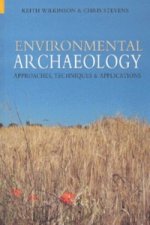
Environmental Archaeology
838 Kč -
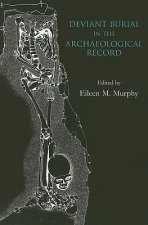
Deviant Burial in the Archaeological Record
1303 Kč -
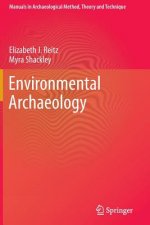
Environmental Archaeology
2994 Kč -

Yeti
1425 Kč -
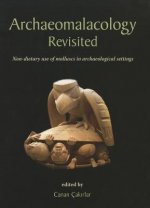
Archaeomalacology Revisited
1160 Kč -

Environmental Archaeology and the Social Order
4989 Kč -

Environmental Archaeology and the Social Order
1810 Kč -

Reinventing Sustainability
1086 Kč -

Guidelines for Protected Areas Legislation
668 Kč -
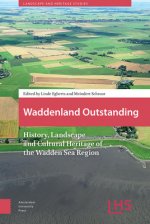
Waddenland Outstanding
3686 Kč -

Woodland in the Neolithic of Northern Europe
2524 Kč -

Birds in the Bronze Age
2856 Kč -

Once Upon a Hill
609 Kč -
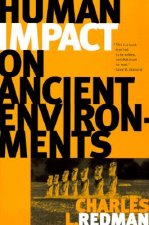
Human Impact on Ancient Environments
1096 Kč -
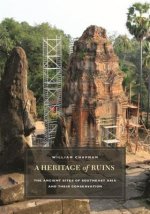
Heritage of Ruins
2023 Kč -

Environmental Archaeology: Principles and Methods
639 Kč -

Relief in Tijd en Ruimte
3773 Kč -
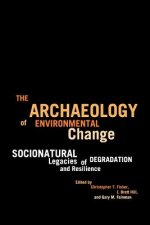
Archaeology of Environmental Change
1161 Kč -
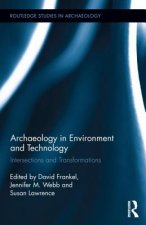
Archaeology in Environment and Technology
5060 Kč -

Wetlands of South West Lancashire
729 Kč -
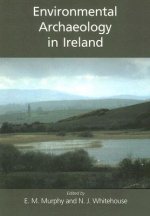
Environmental Archaeology in Ireland
1446 Kč -

Environmental Archaeology
2513 Kč -
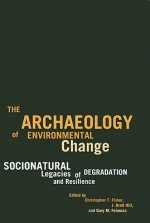
ARCHAEOLOGY OF ENVIRONMENTAL CHANGE
2118 Kč -
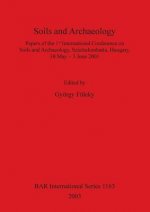
Soils and Archaeology
1342 Kč -
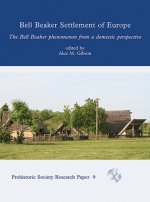
Bell Beaker Settlement of Europe
1464 Kč -

Of Plants and Snails
1449 Kč -
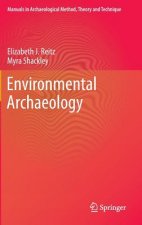
Environmental Archaeology
3289 Kč -
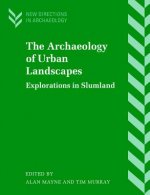
Archaeology of Urban Landscapes
1627 Kč -
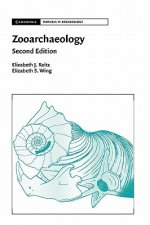
Zooarchaeology
4093 Kč -
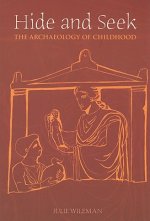
Hide and Seek
673 Kč -
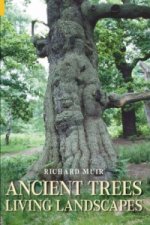
Ancient Trees, Living Landscapes
838 Kč -
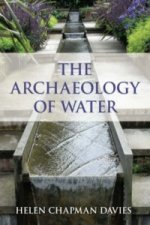
Archaeology of Water
606 Kč -
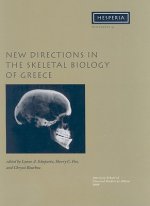
New Directions in the Skeletal Biology of Greece
2512 Kč -

Environmental Archaeology
3970 Kč -

Surviving Sudden Environmental Change
587 Kč -
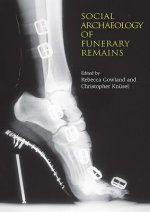
Social Archaeology of Funerary Remains
1913 Kč -

Ancient Plants and People
1600 Kč -

Exmouth to Plymouth Britain's Heritage Coast
448 Kč -
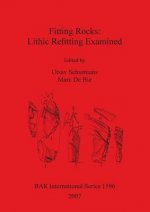
Fitting Rocks: Lithic Refitting Examined
1451 Kč -
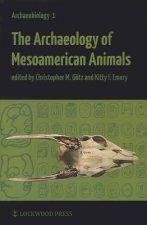
Archaeology of Mesoamerican Animals
2418 Kč
Osobní odběr Praha, Brno a 12903 dalších
Copyright ©2008-24 nejlevnejsi-knihy.cz Všechna práva vyhrazenaSoukromíCookies


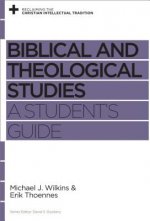
 Vrácení do měsíce
Vrácení do měsíce 571 999 099 (8-15.30h)
571 999 099 (8-15.30h)